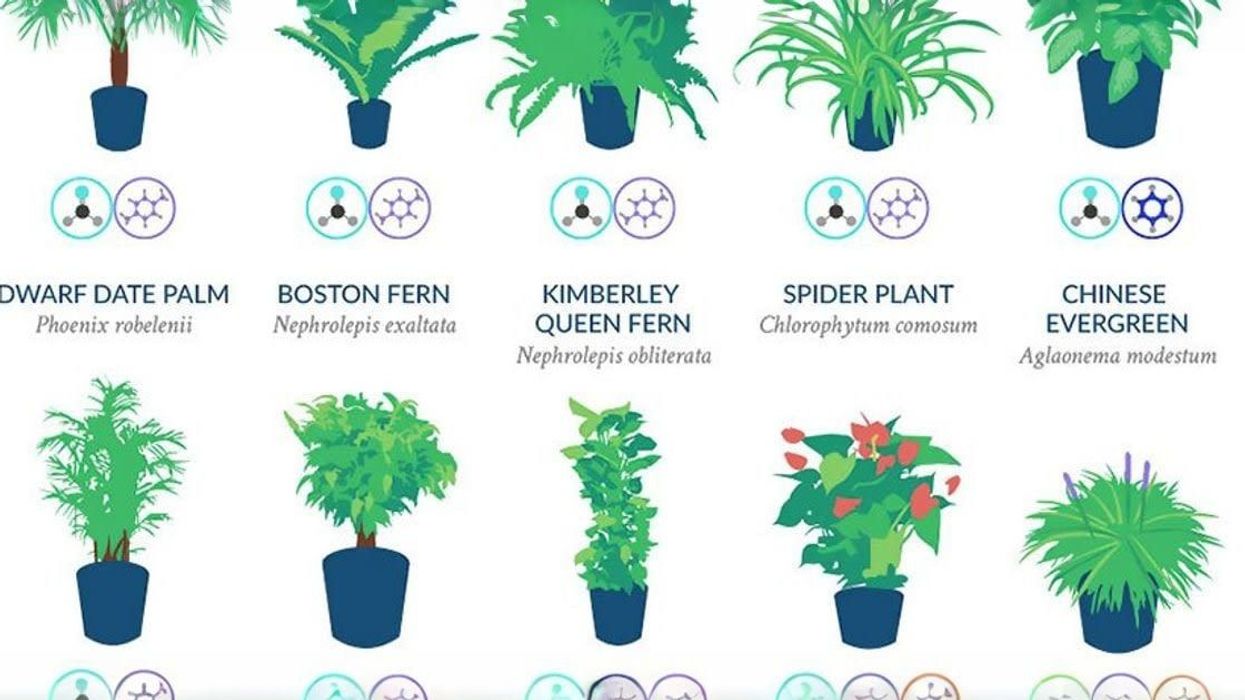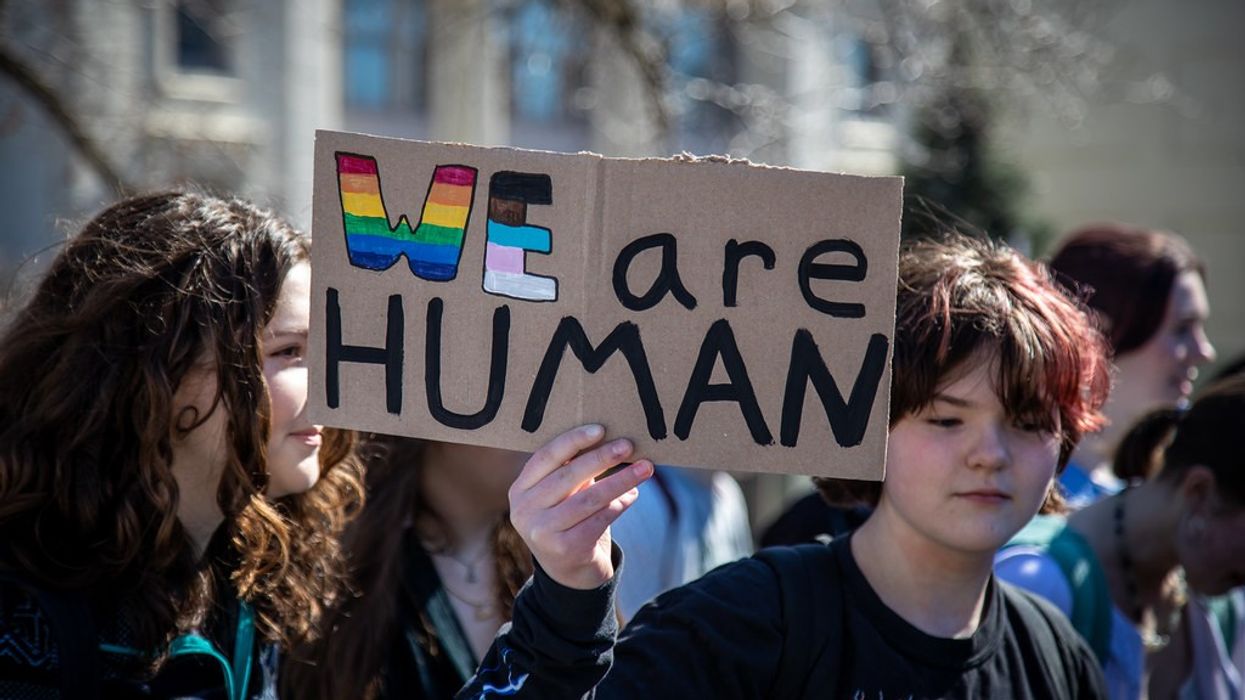The Ashton Kutcher Brownface Controversy, in which the former That '70's Show star painted his face brown and adpoted an East Indian accent in a web commercial for Popchips, says some interesting things about society. In the commercial, which is set up as a video-dating bio, Kutcher plays Raj, a bachelor who dances around and says foolish things in a bad accent. Kutcher, in case you've never been treated to one of his performances, is not a talented thespian. It's one of a series of faux-dating videos Kutcher made for Popchips—in the others he plays Darl, a diva; Nigel, a hippie; and Swordfish, a sweet biker. The Raj character is described as "an optimist who is Indian."
When an outcry ensued over his appearance in brownface, Kutcher and everyone else associated with the campaign have displayed just how confusing the racial politics of America have become. That this ad, which has offended so many, was able to pass the smell test of everyone from Popchips executives to advertising executives to Kutcher himself seems unfathomable. And yet, here we are, more than 150 years after blackface first appeared in America, having to argue that minstrelsy is wrong.
Every time a racist incident like this happens in the mainstream, we try to sift through the wreckage and figure out how to prevent it from happening again. It's like trying to find the black box of bigotry. "We need to change the way companies respond to the constant stream of racist and sexist advertising campaigns that they launch in the media," Anil Dash, an Indian tech and web professional, wrote on his blog yesterday. "The rote, scripted response when an offensive ad faces complaints is to have the featured star (Kutcher, in this case) and a PR spokesperson for the brand both put out tepid apologies. The ads get pulled off the air or off YouTube, and then they wait for the dust to clear." But in the end, he added, "nothing actually changes. Nobody is made to actually understand what they did wrong, with the lesson instead usually being 'Well, you can't please all the people all the time.'"
If Dash is right about changing the corporate response to racist campaigns—and I think he is—what can be done to prevent them from happening in the first place? When discussing South Asian portrayals, that's a complicated question to answer.
Unlike blacks and Latinos, who have a lot of history in the United States and a civil-rights infrastructure on their sides (e.g. the NAACP, National Council of La Raza), South Asians have less of both. Whereas a brand like Popchips might know immediately that it can't put Ashton Kutcher in blackface out of decency and because it doesn't want to incur the wrath of Al Sharpton, it doesn't feel the same hesitance putting Kutcher in brownface to mock Indians. Dash says cultural norms don't help. "We're often encouraged within our communities to keep our heads down and stay quiet instead of being politically active," he wrote me in an email.
In the end, you're left with commercials like the Kutcher one and this, from MetroPCS:
[youtube]https://www.youtube.com/watch?v=H0koaTKbMN8
Because we can't provide history and a deep network of professional advocacy organizations to South Asians overnight, Americans ourselves need to respond better to their community. This is not very hard to do. Firstly, we need to put South Asians in the same circle as blacks, Latinos, and East Asians when it comes to disparaging portrayals. Just as an advertiser would no longer put a white actor in brown face paint and a sombrero to howl drunkenly in a tequila commercial, we also shouldn't put white actors into brownface in order to sell potato chips. Simply because there's no history of South Asian minstrelsy in America doesn't mean an American is not continuing the minstrel tradition when they dance around in brownface saying stupid things in an Indian accent.
Secondly, and what's a much harder task, is that Americans need to understand that just because they're not offended by something doesn't mean that the said thing is acceptable. The racist Popchips commercial happened because rooms full of people who saw Kutcher in brownface were not offended by it, probably because there were not a lot of South Asians or other people of color in the decision-making process. Any time you are sitting with your colleagues or friends and trying to come up with an idea, if that idea, no matter what it is, involves a person dressing up as a person of a different race and affecting some ridiculous accent, that is probably a bad, racist idea, and you should move on. To be sure, there are cases when this is acceptable (see: Tropic Thunder, in which Robert Downey, Jr. as a white man playing a black man was studied and interesting), but for the most part it is wrong through and through. It doesn't matter if you don't think it's hurtful.
Downey in Tropic Thunder is actually a good example of when it's alright to be offensive when playing a character. Undoubtedly, Downey in blackface ruffled some feathers, but if you asked the filmmakers why they were doing it, they had thoughtful answers. Downey said it was more a mockery of superserious actors than blacks. Esquire magazine agreed: "[Downey] plays a dead-serious Australian Method actor who insists on taking a role originally written for a black man, what ends up parodied is the self-seriousness of Method acting and the Vietnam-movie trope of the chitlins-chewing Negro grunt. Blackface isn’t the subject; it’s the vessel."
What Tropic Thunder did and what Popchips did look the same on paper: They both put white actors in paint to pretend they were people of color. But the reasoning behind each bout of minstrelsy was telling: Downey et al. did it to attack a well-known cliché and parody self-important artists, while Kutcher did it as a lark, to have fun in makeup while using a funny accent to sell chips. It's the difference between offensiveness as a tool to say something and offensiveness as a tool to have people laugh at the weird Indian in your snack commercial. One is a piece of art, one is Halloween; the latter is for children who don't know any better.









TikTok shocked by 15-year-old unhinged viral clip of kids performing Scarface in school play